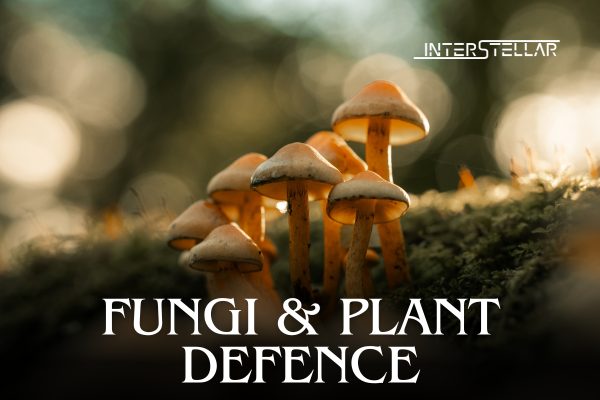The Hidden Allies of Plants: Role of Fungi in Pest Protection
When looking at a single plant, it may seem like you’re holding just one organism. However, each plant actually hosts a complex network of microorganisms, including bacteria and fungi. For example, a dahlia shoot may harbor 20 to 30 species, both on its surface (epiphytes) and within (endophytes). If the plant is attached to its roots, this number can double due to the presence of more species, especially mycorrhizal types, which form crucial symbiotic relationships.
How Fungi Protect Plants from Insects
Endophytes and mycorrhizal fungi play a key role in defending plants against insect attacks by promoting chemical defenses that deter pests. Research shows that mycorrhizal fungi, which exchange nutrients like phosphate for carbon, can enhance a plant’s natural resistance. Meanwhile, endophytes trigger the production of unique chemicals to further boost defense.
This relationship benefits both parties: the microorganisms gain nutrients and a safe habitat, while the plant receives a natural pest protection system. However, modern agricultural practices, such as the use of fungicides, have reduced the presence of these beneficial species in crops.
Plants and Fungi: A Tailored Defense System
In wild environments, plants select specific fungal partners that offer the most protection, a phenomenon known as “ecological specificity.” Some fungi, called entomopathogens, even kill insects when ingested, acting as natural bodyguards. Additionally, fungi associated with roots can alter the chemical composition of leaves to repel herbivores and attract parasitoid insects, adding another layer of defense.
The Underground Fungal Network
Beyond individual plants, mycorrhizal networks connect plants underground. These networks allow plants to send chemical signals, warning nearby plants of insect attacks so they can preemptively activate defenses. This interconnected system explains why no-dig gardening often results in healthier crops, as it avoids disrupting beneficial soil organisms.
They create a cooperative system that acts as a natural barrier against pests. These fungi are even edible, and if you’ve eaten a salad recently, you’ve likely consumed some endophytes without realizing it.





